14 number and place value worksheets linked to the Australian Curriculum.
This teaching resource could be used in a variety of ways when teaching number. Some suggestions include:
- pre- and post-testing
- independent classwork
- revision
- homework.
This teaching resource pack includes worksheets addressing the following concepts:
- odd and even numbers
- representing numbers to 10 000
- place value
- number sequences
- multiplication and division facts – 6s and 9s
- multiplication and division facts – 7s and 8s
- applying multiplication and division strategies.
Answer sheets are also provided.
Download options include:
- the year level displayed at the top of the sheet
- no year level displayed at the top of the sheet to use for differentiation.
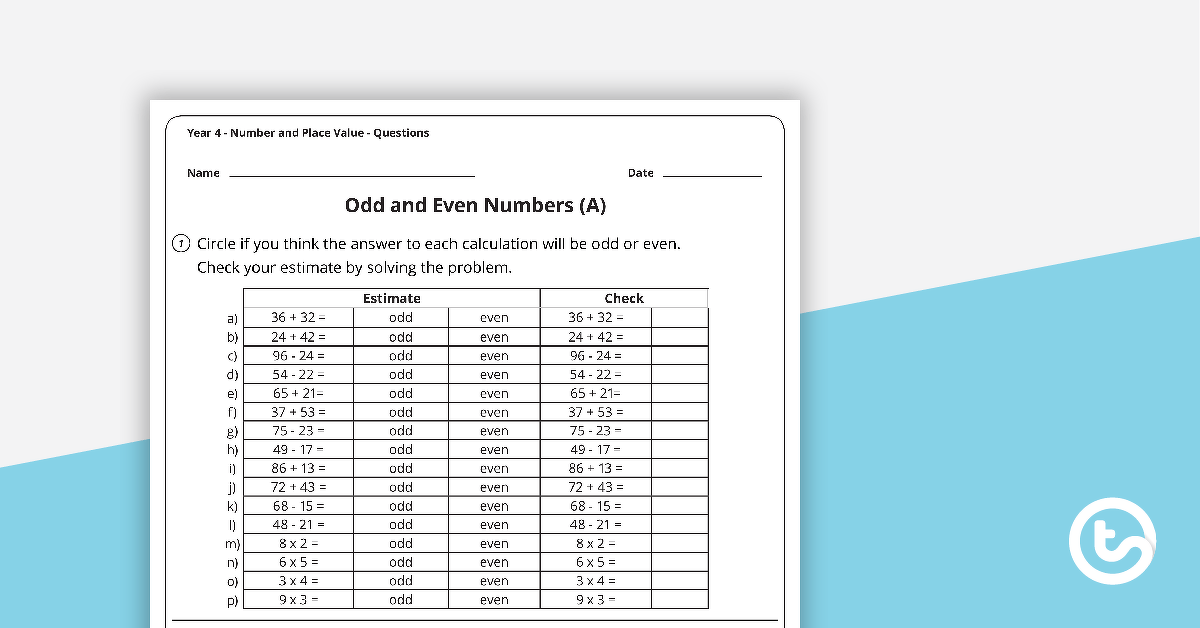
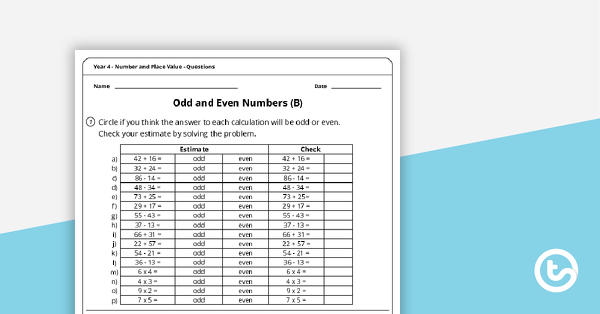
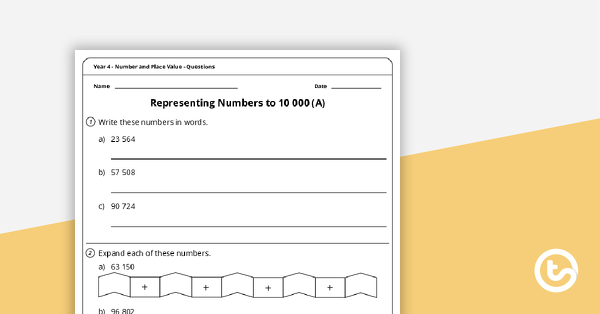

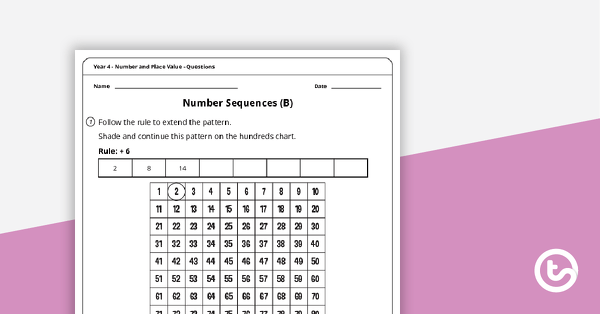

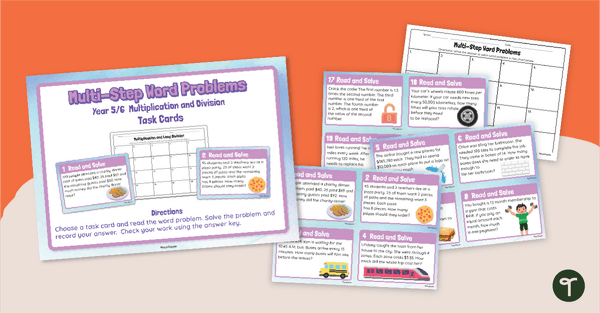

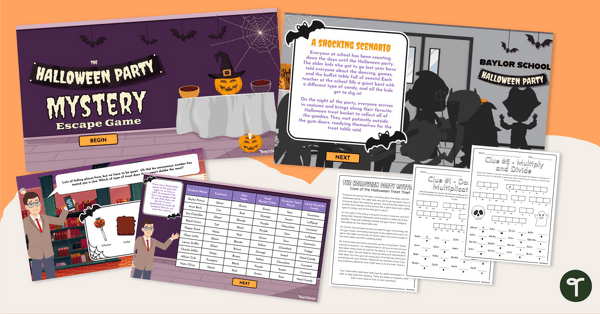

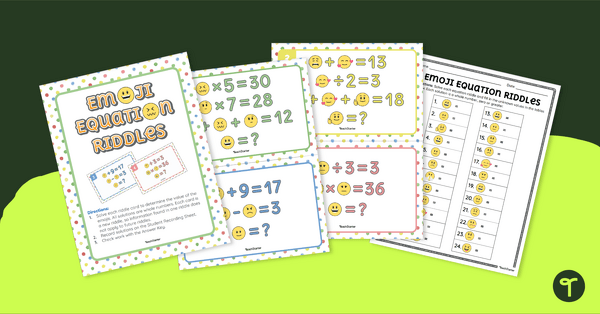

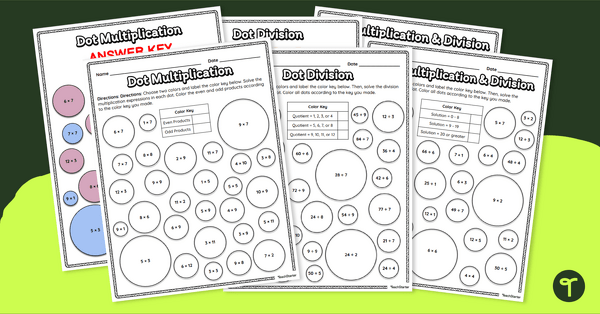
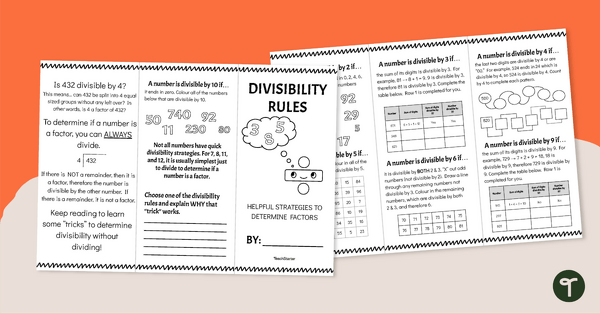


Excellent way and resource to help students with odd and even repetition.
Hi Alis, Thank you for your lovely comment. I am so glad you are enjoying our resources.